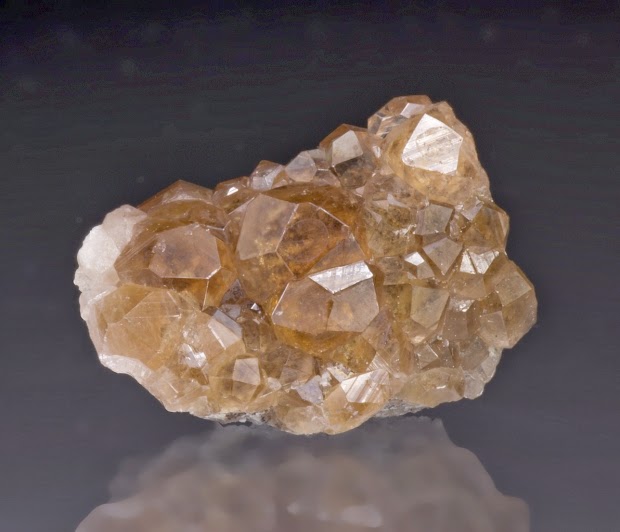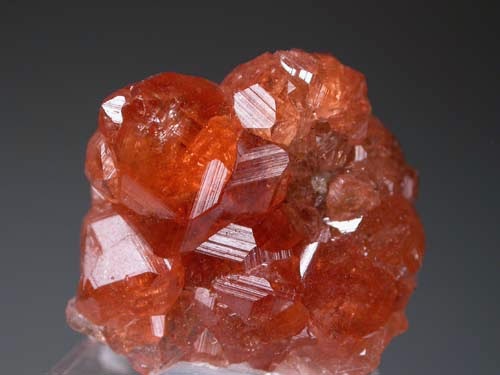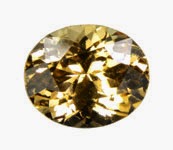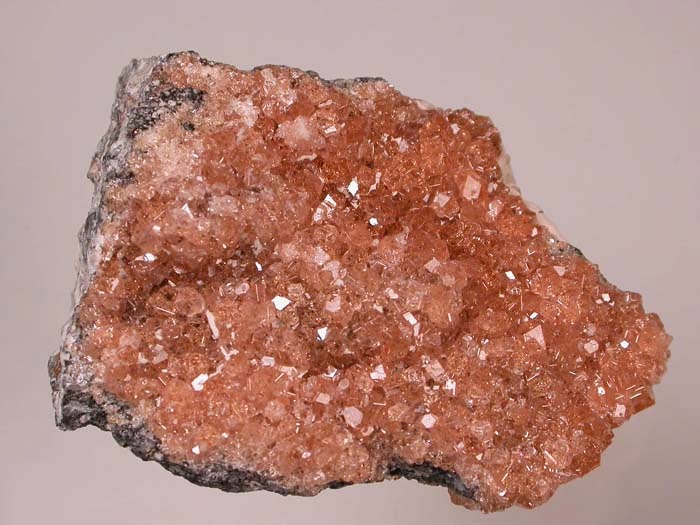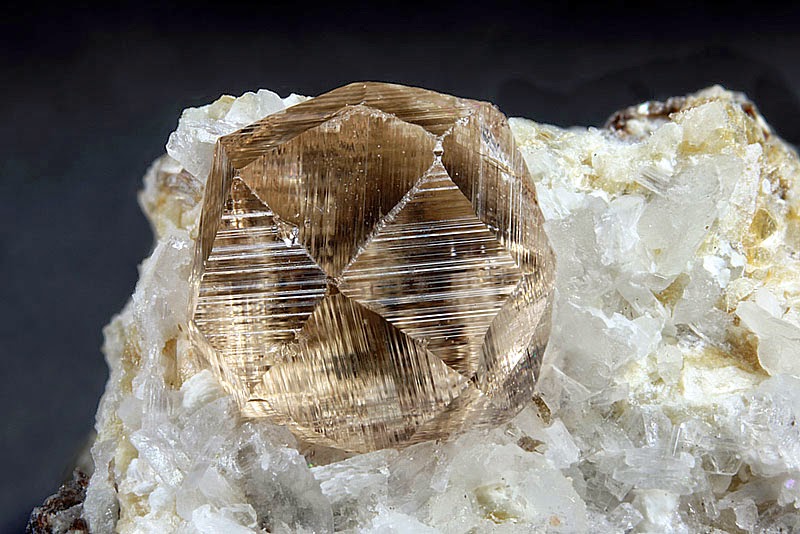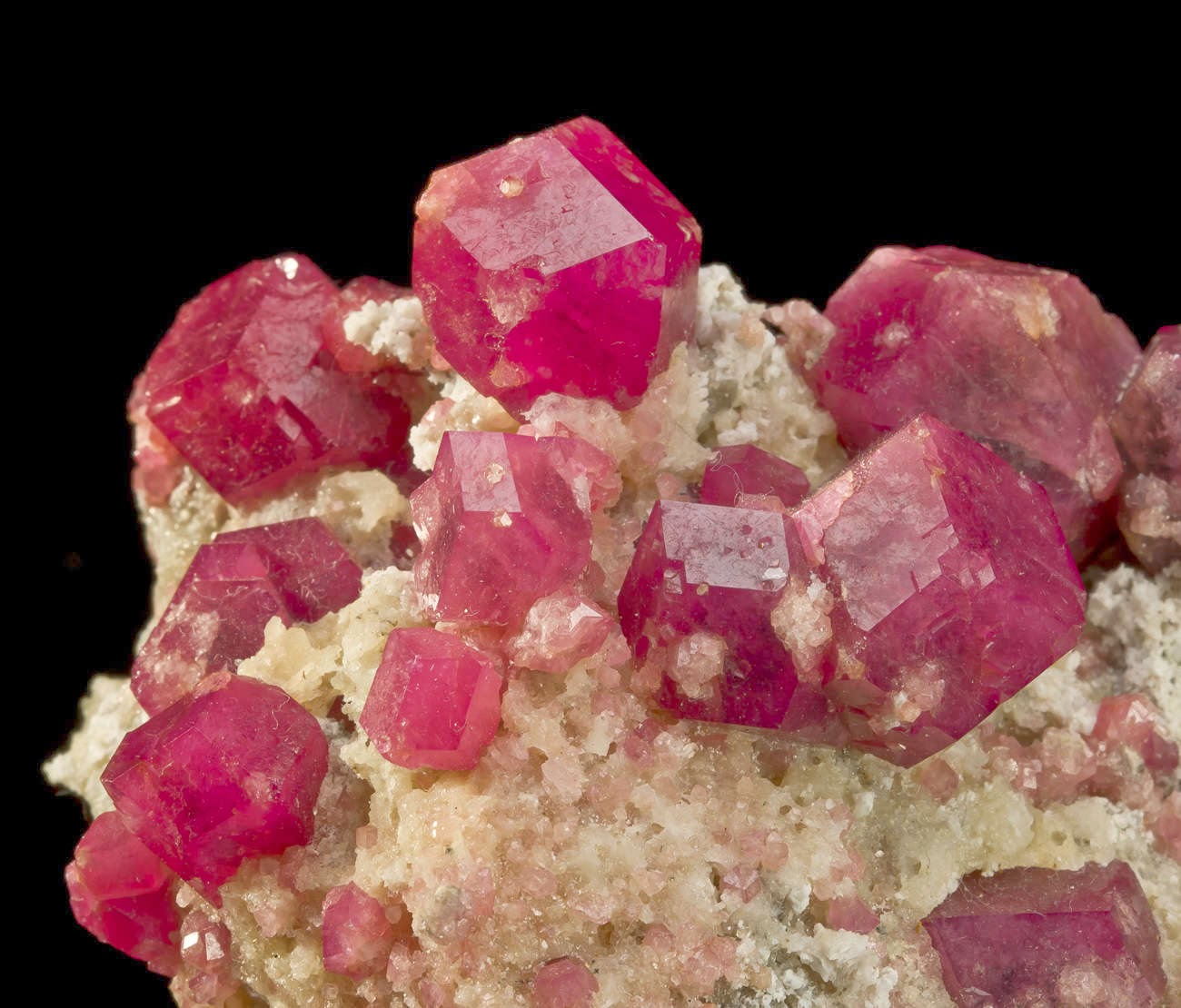
Chemical Formula: Ca3Al2(SiO4)3
Locality: Isle of Mull, Scotland.
Name Origin: Grossular is from the Latin grossularia meaning “gooseberry.” Hessonite is from the Greek hesson, meaning “slight” in reference to the smaller specific gravity.
Grossular or grossularite is a calcium-aluminium mineral species of the garnet gemstone group with the formula Ca3Al2(SiO4)3, though the calcium may in part be replaced by ferrous iron and the aluminium by ferric iron. The name grossular is derived from the botanical name for the gooseberry, grossularia, in reference to the green garnet of this composition that is found in Siberia. Other shades include cinnamon brown (cinnamon stone variety), red, and yellow.
Locality: Isle of Mull, Scotland.
Name Origin: Grossular is from the Latin grossularia meaning “gooseberry.” Hessonite is from the Greek hesson, meaning “slight” in reference to the smaller specific gravity.
Grossular or grossularite is a calcium-aluminium mineral species of the garnet gemstone group with the formula Ca3Al2(SiO4)3, though the calcium may in part be replaced by ferrous iron and the aluminium by ferric iron. The name grossular is derived from the botanical name for the gooseberry, grossularia, in reference to the green garnet of this composition that is found in Siberia. Other shades include cinnamon brown (cinnamon stone variety), red, and yellow.
Physical Properties
Color: Brown, Colorless, Green, Gray, Yellow.
Density: 3.42 – 3.72, Average = 3.57
Diaphaneity: Transparent to subtranslucent
Fracture: Sub Conchoidal – Fractures developed in brittle materials characterized by semi-curving surfaces.
Hardness: 6.5-7.5
Luminescence: Fluorescent, Short UV=pink, Long UV=orange.
Luster: Vitreous – Resinous
Streak: brownish white
Photos :
